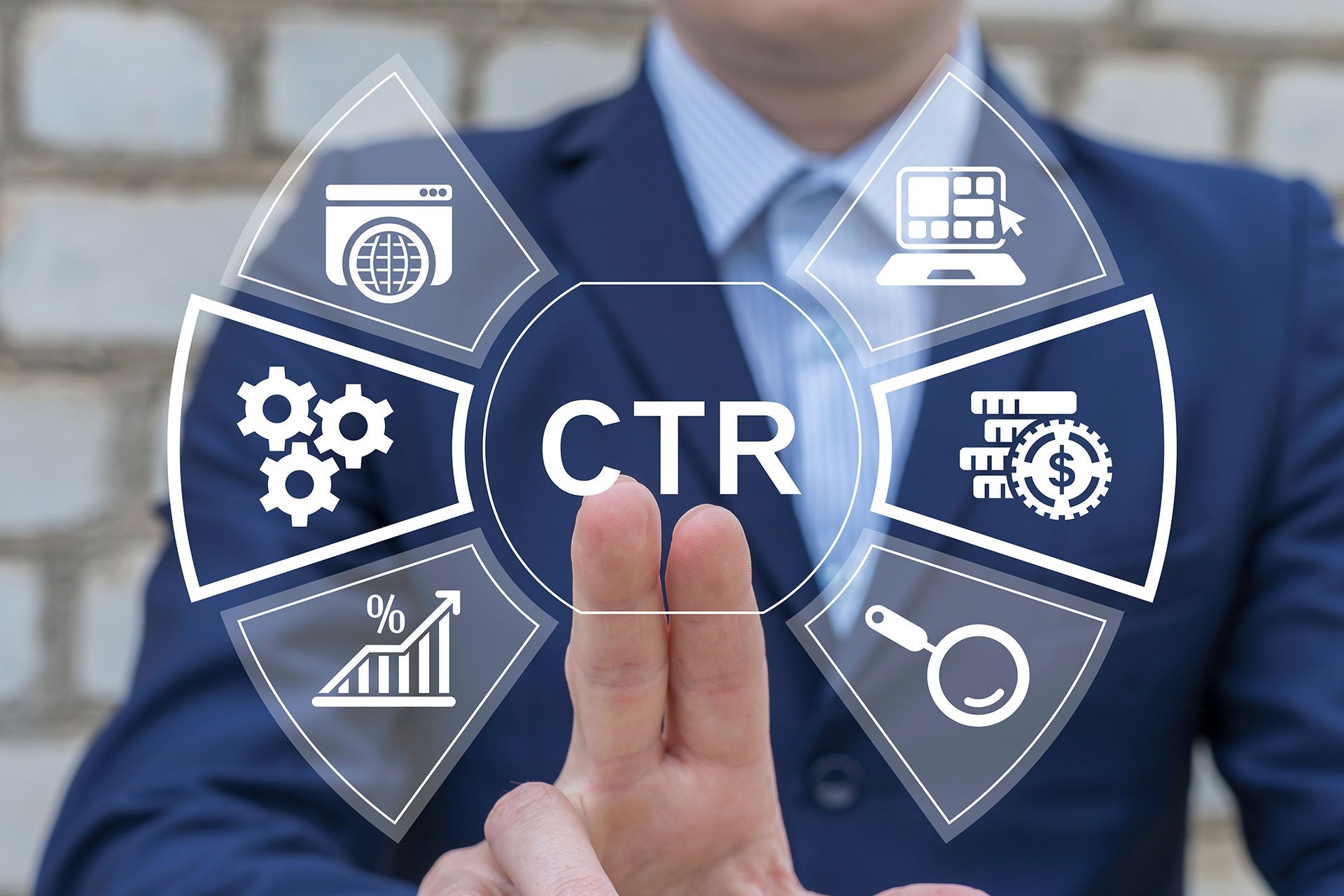SEO vs SEM
Organic vs. Paid Traffic Statistics: A 2025 Overview
Understanding the difference between organic and paid traffic and how each performs is crucial for effective online marketing strategies. Here's a breakdown of the key statistics comparing these two approaches:
Defining the Terms
Organic Traffic: Refers to visitors who find your website through unpaid search results on search engines like Google, Bing, or Yahoo. This traffic is generated by the quality and relevance of your website's content and its optimization for search engines (SEO).
Paid Traffic: Refers to visitors who come to your website by clicking on paid advertisements, such as those on Google Ads or social media platforms.

Traffic Share and Reach
Organic search is a significant driver of traffic, accounting for over 53% of all website traffic.
Paid search accounts for a smaller but still substantial portion of overall traffic, ranging from approximately 10% to 27%.
Combining both organic and paid search accounts for a large majority of web traffic, with some sources indicating that it drives 68% of all website traffic.
Click-Through Rates (CTR)
Organic: Organic search results, particularly the top rankings, boast significantly higher click-through rates. The #1 organic result on Google can achieve an average CTR of 27.6%, or even higher at 39.8%. The top 5 organic results can account for 67.6% of all clicks on a given search results page.
Paid: While paid ads offer immediate visibility, their CTRs are generally lower than organic listings. The #1 paid ad achieves a CTR of 2.1%.

Conversion Rates and ROI
Organic: Leads generated through organic search typically have higher conversion rates and offer a better long-term return on investment (ROI). Organic conversion rates for e-commerce can average around 14.6%. Organic traffic ROI is estimated at 748% on average, significantly higher than paid traffic.
Paid: Paid ads can yield faster results and provide predictable traffic, making them suitable for short-term goals or specific campaigns. However, paid traffic tends to have lower conversion rates (around 2.55% on average, compared to the 14.6% mentioned for organic e-commerce leads) and may have a lower long-term ROI. However, some studies show paid traffic converts 3% better than organic traffic.
Costs
Organic: Organic traffic, while not directly costing money for clicks, requires a significant investment in time and effort for SEO optimization, content creation, and backlink building. Businesses can save up to 61% in marketing costs by focusing on organic traffic.
Paid: Paid traffic requires a direct financial investment, with costs varying depending on factors like keyword competitiveness and ad platform. The average cost per click for Google Ads can be around $2.69 for search ads. Paid traffic leads can be twice as expensive as organic traffic leads.

Other Considerations
Trust and Credibility: Users generally perceive organic search results as more trustworthy and relevant because they are earned through merit rather than paid placement.
Time to Results: Paid ads offer almost immediate results, while SEO and building organic traffic take time and consistent effort to show results, typically several months.
Brand Awareness: Paid search ads can increase brand awareness by an average of 80%.
Integration: Integrating both paid and organic strategies can create a comprehensive and powerful digital marketing strategy, leveraging the strengths of both approaches. Paid traffic can provide an initial boost for new content or promotions, while organic efforts build long-term authority and sustainability.
In conclusion, both organic and paid traffic are important for online success, but they serve different purposes. Organic traffic is essential for building long-term credibility, trust, and a sustainable, cost-effective stream of visitors. Paid traffic offers immediate visibility, precise targeting, and faster results, making it valuable for short-term goals and specific campaigns. A balanced approach that integrates both strategies is often the most effective way to maximize online visibility and achieve business objectives.




